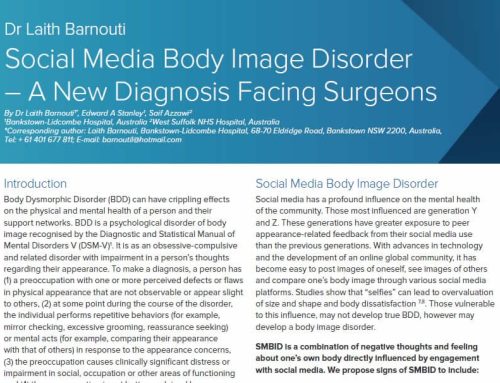Dr Craig Coghlan – Specialist Anaesthetist
IV (intravenous) sedation is a common and safe form of anaesthesia used every day at Australia Plastic Surgery. Combined with local anaesthesia (medicine which makes the operative site numb), this combination ensures that our surgeons can achieve the best result possible for you. The aims of procedural sedation and/or analgesia are to enhance patient comfort whilst facilitating completion of the planned procedure. In order to achieve these aims, a range of sedation options may be required during any one procedure, with a continuum from no medication, through conscious sedation and deep sedation, to general anaesthesia.
IV sedation comes in many forms. As defined in the Australian and New Zealand College of Anaesthetists (ANZCA) professional guideline, there are two main types of sedation in use – conscious sedation and deep sedation. Sedation in general is a combination of medications which allows patients to tolerate what would otherwise be a painful and uncomfortable surgical procedure.
Conscious sedation is defined as a drug-induced depression of consciousness during which patients are able to respond purposefully to verbal commands or light tactile stimulation. Conscious sedation may be achieved by a wide variety of drugs including propofol, and may accompany local anaesthesia. This is a commonly used technique used at Australia Plastic Surgery.
Deep sedation is characterised by depression of consciousness that can readily progress to the point where consciousness is lost and patients respond only to painful stimulation. It is associated with loss of the ability to maintain a patent airway, inadequate spontaneous ventilation and/or impaired cardiovascular function, and has similar risks to general anaesthesia, requiring an equivalent level of care. This technique is reserved for use in the hospital setting and is not relied upon when undergoing surgery at Australia Plastic Surgery.
Analgesia is reduction or elimination of pain perception, usually induced by drugs that act locally (by interfering with nerve conduction) or generally (by depressing pain perception in the central nervous system). This may be achieved by a wide range of drugs including methoxyflurane and nitrous oxide.
General anaesthesia is a drug-induced state characterised by absence of purposeful response to any stimulus, loss of protective airway reflexes, depression of respiration and disturbance of circulatory reflexes. This technique is reserved for use in the hospital setting and is not relied upon when undergoing surgery at Australia Plastic Surgery.





